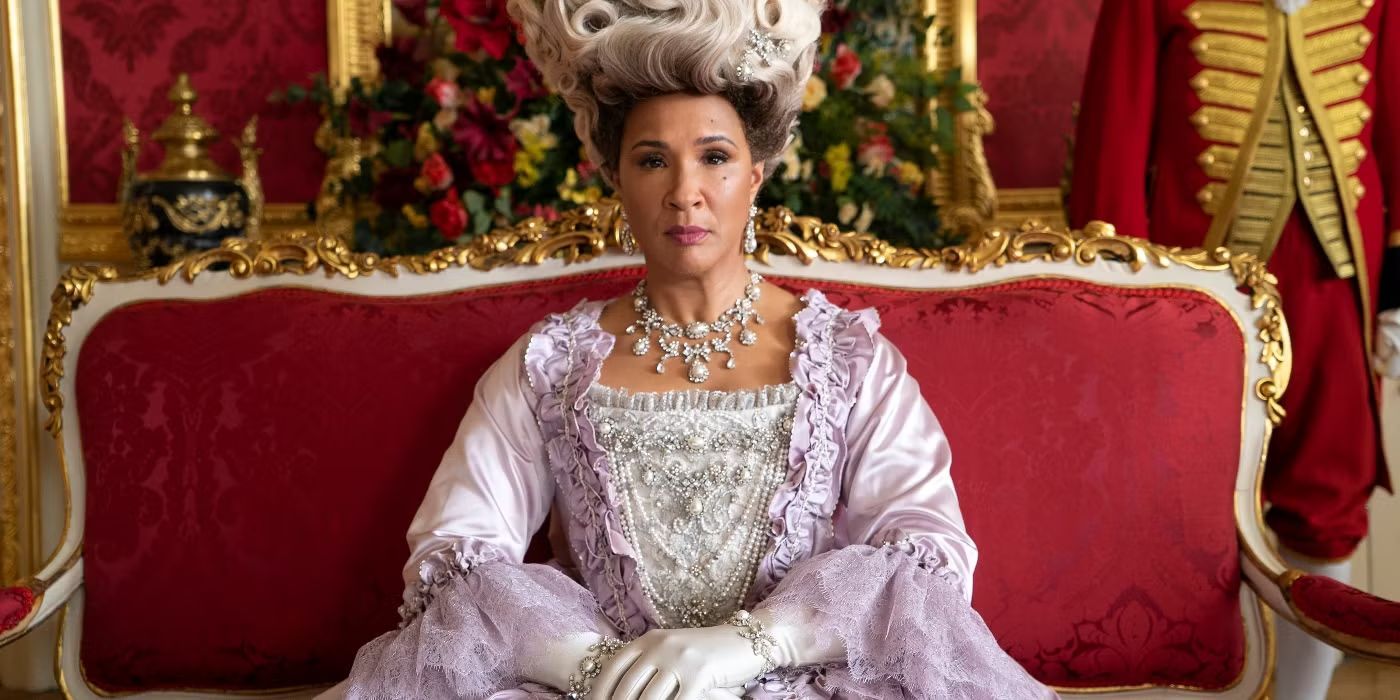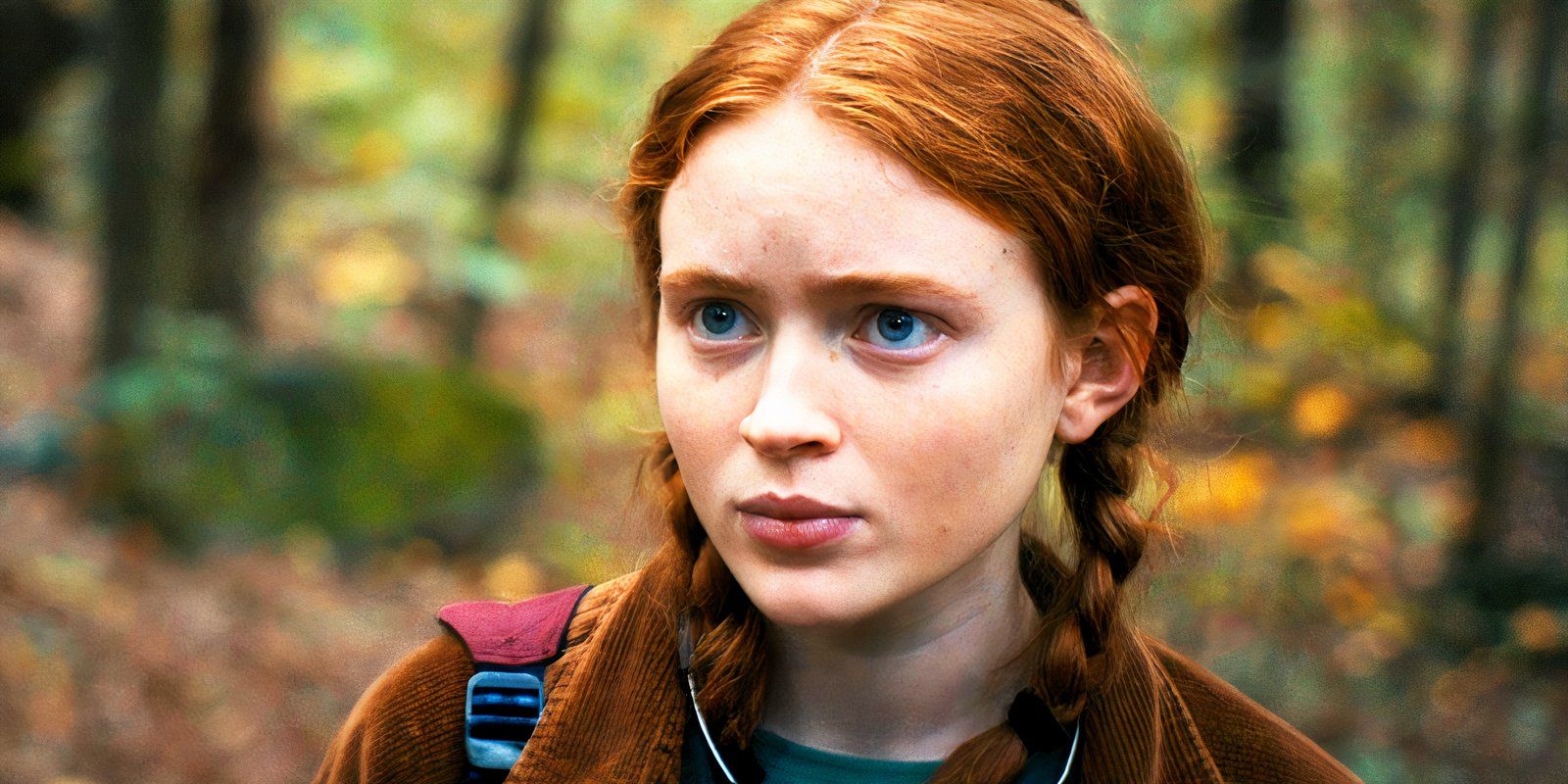Throughout the 2000s, there has been a massive shift in how audiences access and watch entertainment.
When the pandemic began in early 2020, production of any and all entertainment ceased.
Thus,these are difficult but necessary evils that have made waits much longer than before.

For the most part, this is a good thing.
Audiences hypothetically get better and better TV.
Stranger Thingsis a perfect example.
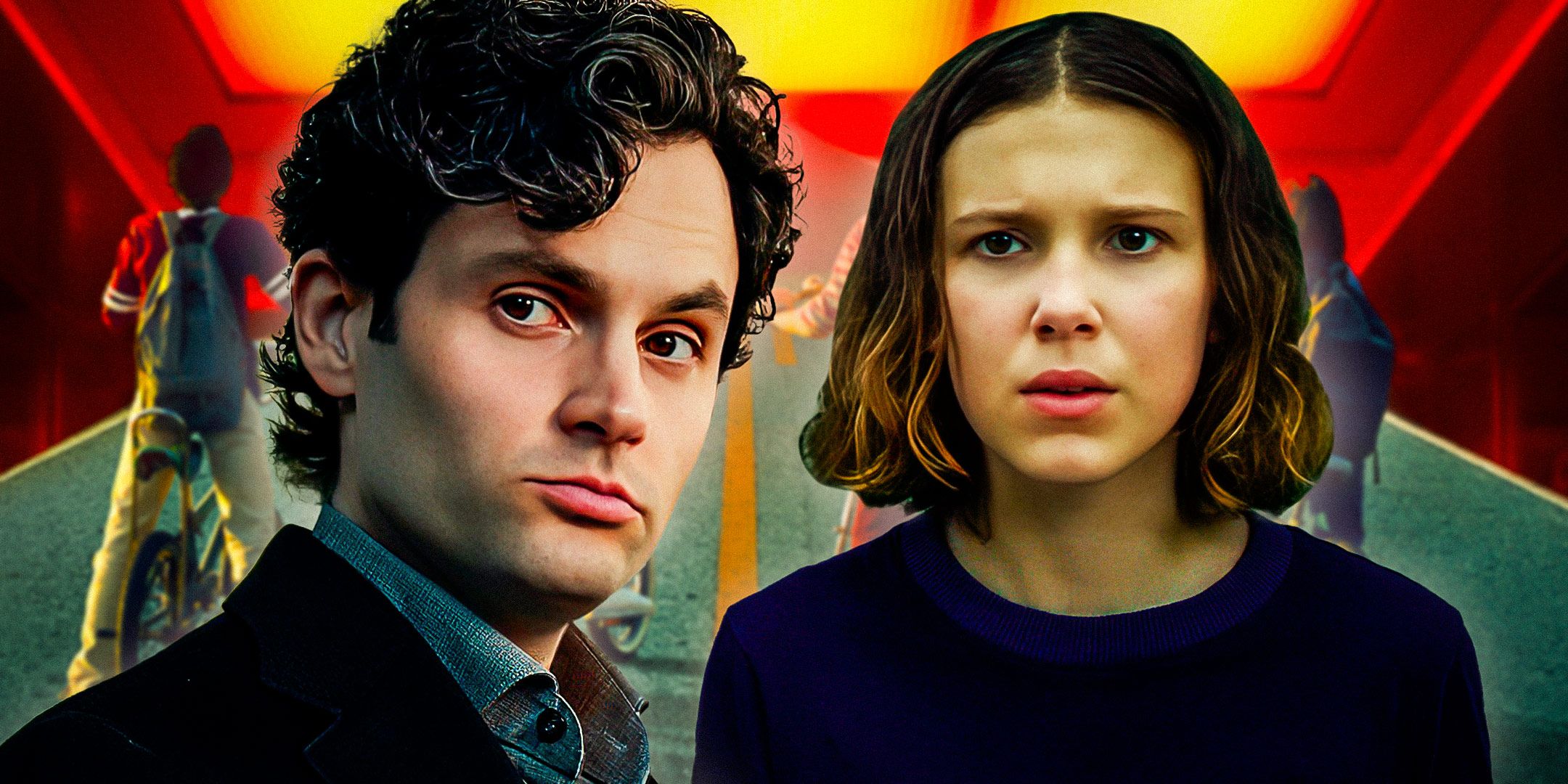
More often than not, popular series rely on cast members who are well-loved stars.
When actors happily take up these new parts, this inevitably leads to scheduling conflicts.
In this way, shows must acclimate their filming schedules to their stars.

Arguably, scheduling conflicts are a win-lose situation for audiences.
Generally,new shows have six to ten episodes, none of which are filler or throwaway installments.
Some episodes even exceed the typical hour-long runtime for extra big stories.
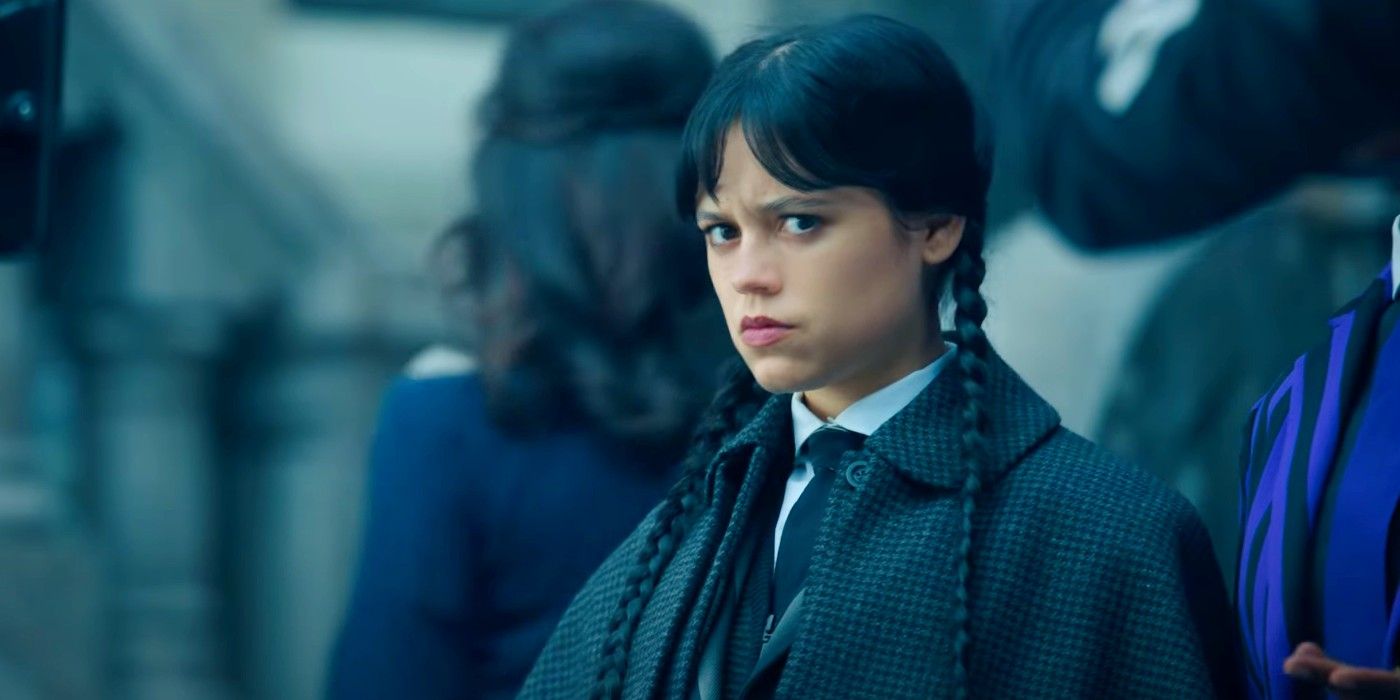
Furthermore, some shows are even being made by movie directors at this point, i.e.
Tim Burton createdWednesday.Inevitably, this leads to production changes that covet quality over quantity and time.
Once again, this is a frustrating situation that comes with some definite benefits.
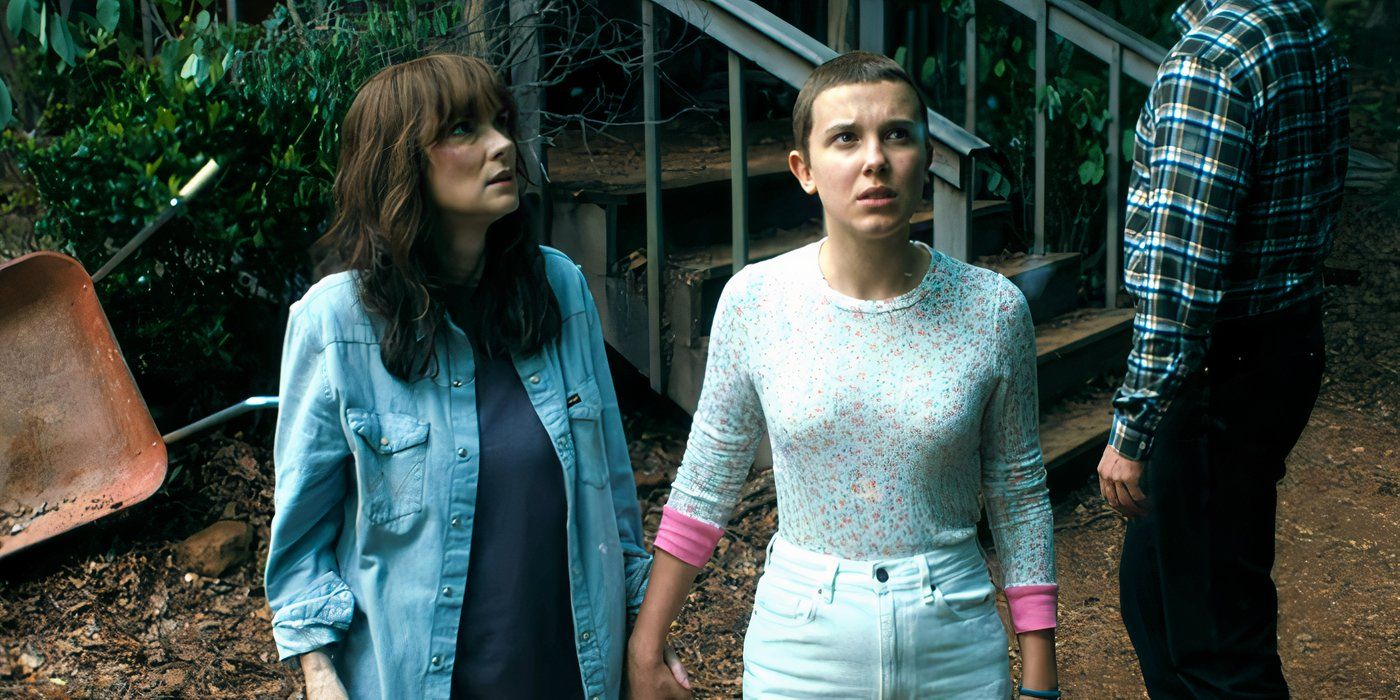
Netflix
It returned to its status as a pop culture pillar.
Longer Gaps Between Seasons Are A Problem For Audiences, But Are They For Streamers?
Additionally, Netflix has so much content that staggering projects makes sense.

Ultimately, Netflix thrives on audience anticipation.
Will Gaps Between Seasons Return To Normal?
The answer isn’t all that simple.

It is important to remember that TV is always apt to change.
